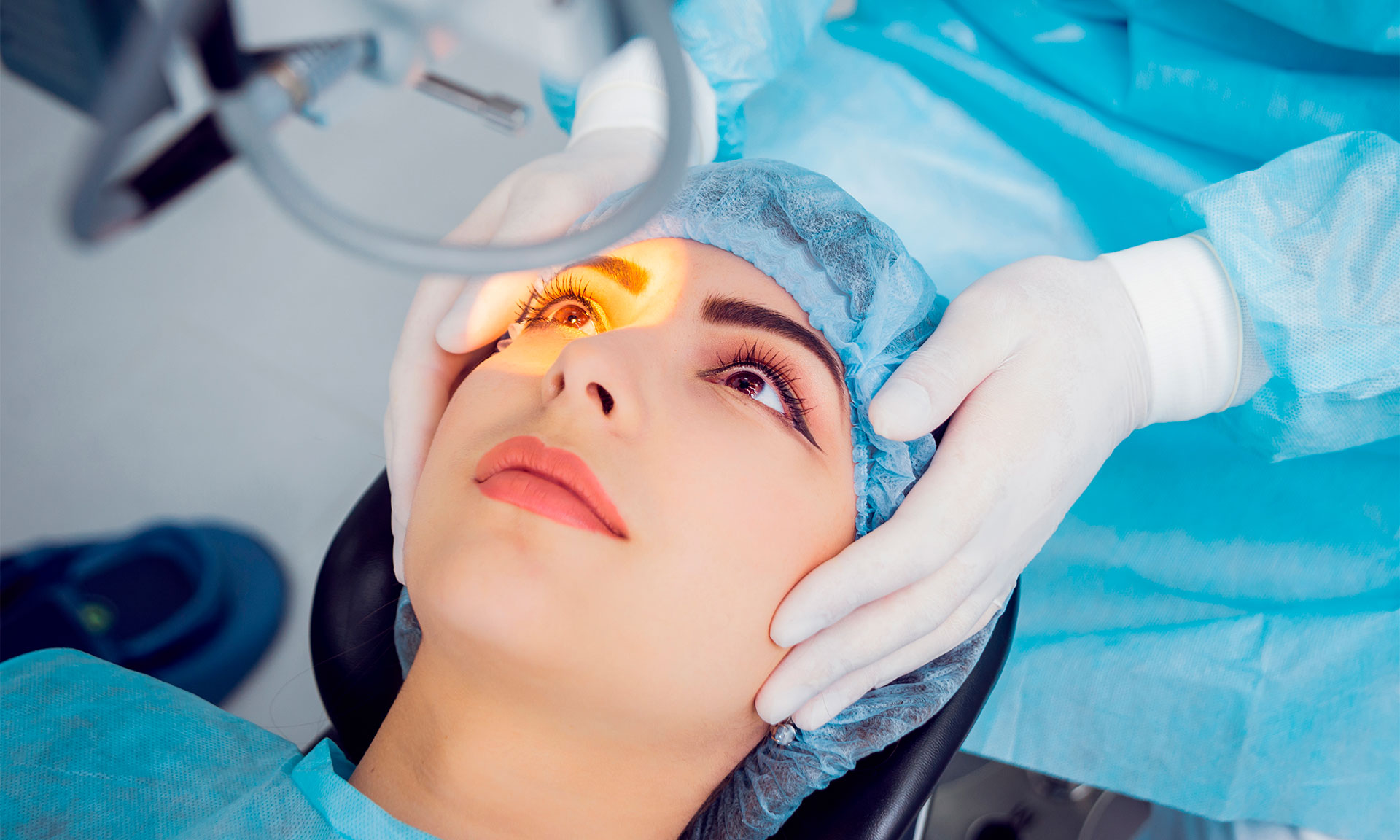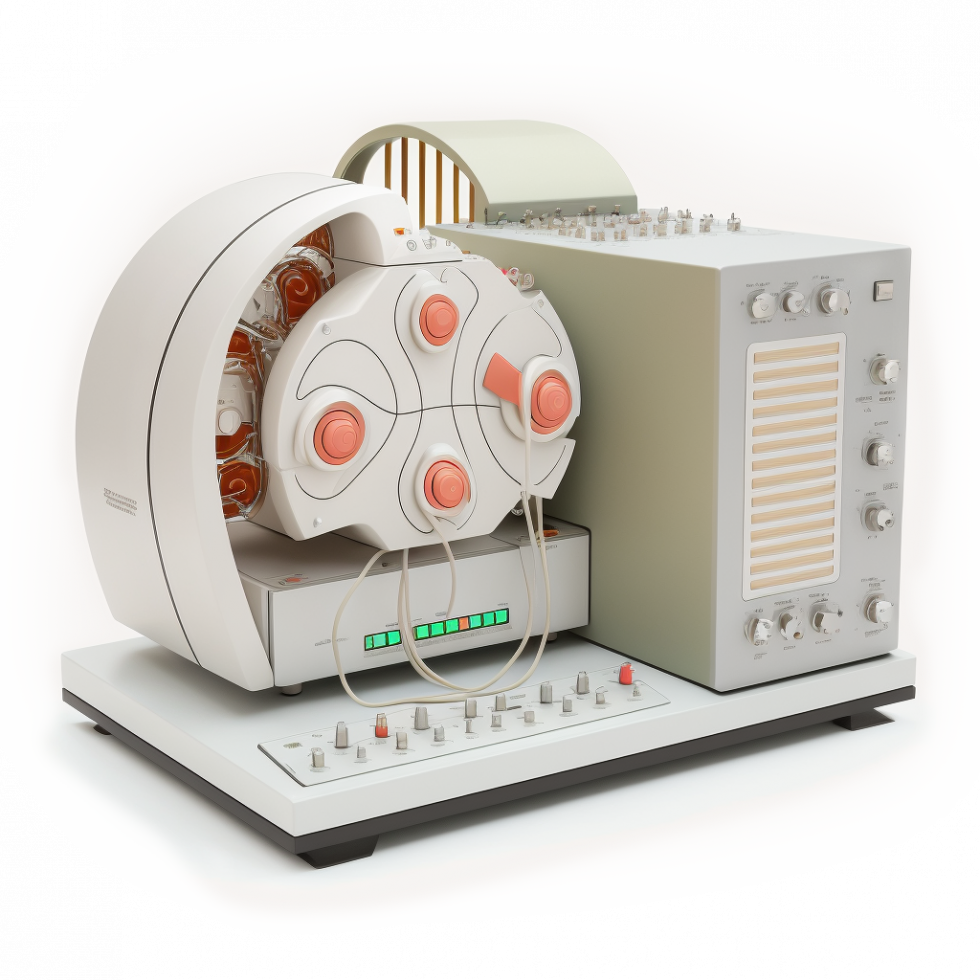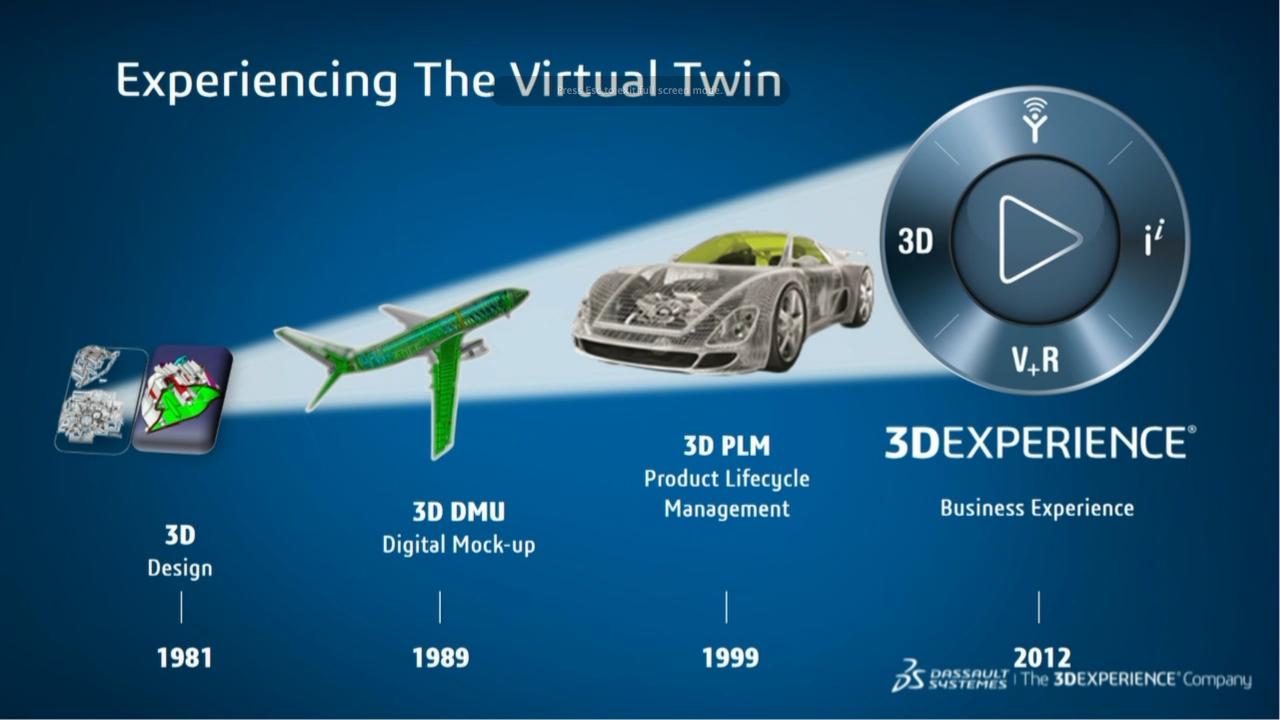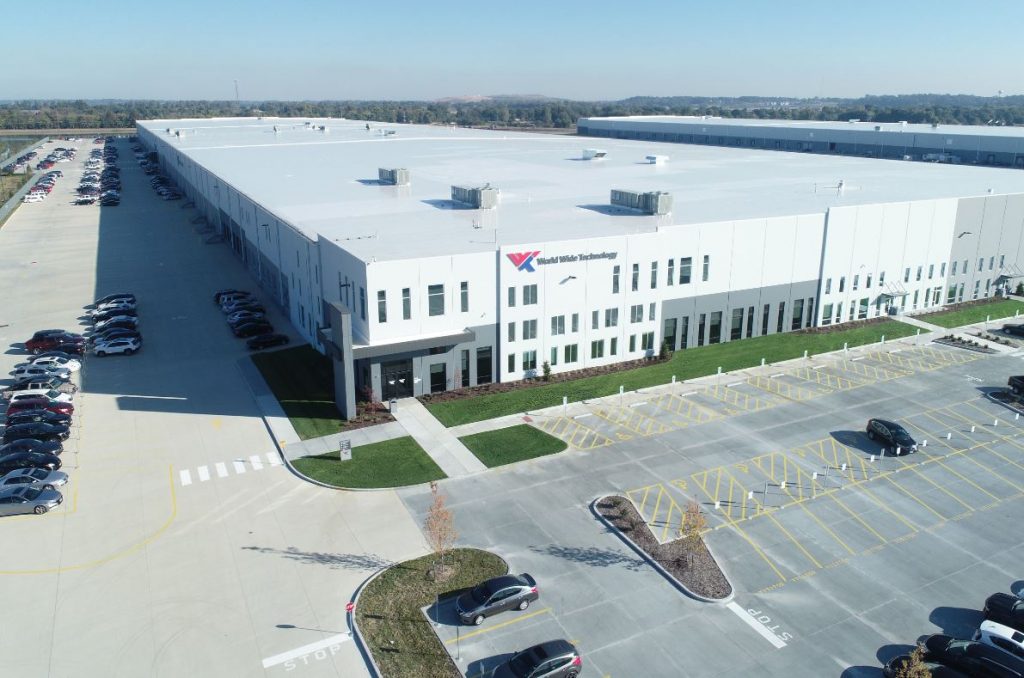Latest Laser Eye Surgery Technology: A Comprehensive Guide
What is the latest laser eye surgery technology? The quest for improved vision has driven advancements in laser eye surgery, leading to more precise and efficient procedures. From traditional LASIK […]
What is the latest laser eye surgery technology? The quest for improved vision has driven advancements in laser eye surgery, leading to more precise and efficient procedures. From traditional LASIK to cutting-edge techniques like SMILE, the field has evolved significantly, offering a range of options for vision correction. This comprehensive guide delves into the latest innovations, exploring their benefits, risks, and suitability for different individuals.
This exploration covers the latest advancements, comparing them to traditional methods and examining their impact on vision correction. We’ll discuss the various procedures, including LASIK, SMILE, PRK, and Refractive Lens Exchange (RLE), highlighting their unique features and suitability for different vision problems. Additionally, we’ll peek into the future of laser eye surgery, examining emerging technologies and their potential impact on vision correction.
LASIK (Laser-Assisted In Situ Keratomileusis)
LASIK, or Laser-Assisted In Situ Keratomileusis, is a popular and widely used refractive surgery procedure that permanently corrects vision problems like nearsightedness, farsightedness, and astigmatism. It involves reshaping the cornea, the transparent outer layer of the eye, using a laser to improve the way light enters the eye and focuses on the retina.
LASIK Procedure
LASIK surgery is a precise and relatively quick procedure typically performed in an outpatient setting. Here’s a step-by-step breakdown of the procedure:
1. Numbing Eye Drops: The surgeon will administer numbing eye drops to ensure the patient’s comfort during the procedure.
2. Creating a Flap: A microkeratome (a surgical instrument) or a femtosecond laser is used to create a thin, hinged flap in the outer layer of the cornea. This flap is carefully lifted to expose the underlying corneal tissue.
3. Laser Reshaping: An excimer laser is then used to precisely reshape the corneal tissue beneath the flap, correcting the refractive error. The laser removes microscopic layers of corneal tissue to achieve the desired curvature.
4. Replacing the Flap: After the reshaping is complete, the flap is gently repositioned and allowed to naturally adhere back to the cornea.
5. Recovery: Patients typically experience some discomfort and blurred vision immediately after the procedure, but these symptoms usually subside within a few days.
Benefits of LASIK
LASIK offers several potential benefits, including:
- Improved Vision: LASIK can significantly improve vision and potentially eliminate the need for glasses or contact lenses.
- Convenience: After LASIK, many patients can enjoy the convenience of clear vision without the hassle of wearing corrective lenses.
- Enhanced Lifestyle: LASIK can enhance various aspects of life, from participating in sports to enjoying outdoor activities without the limitations of glasses or contact lenses.
- Improved Appearance: Some patients may find that LASIK improves their appearance, as they no longer need to wear glasses or contact lenses.
Potential Risks of LASIK
While LASIK is generally safe and effective, like any surgical procedure, it carries some potential risks and complications, which may include:
- Undercorrection or Overcorrection: The laser may not remove the correct amount of corneal tissue, leading to undercorrection (vision still needing correction) or overcorrection (vision being too corrected).
- Dry Eyes: LASIK can sometimes lead to dry eyes, as the procedure can affect the tear film’s production and distribution.
- Flap Complications: The flap created during LASIK may not heal properly, leading to complications such as infection or displacement.
- Night Vision Problems: Some patients may experience glare, halos, or starbursts at night after LASIK.
- Regression: In some cases, the vision correction achieved by LASIK may regress over time, requiring additional procedures.
Types of Lasers Used in LASIK
LASIK surgery utilizes different types of lasers to perform the procedure:
- Microkeratome: This surgical instrument is used to create the corneal flap in traditional LASIK. It’s a blade-like instrument that makes a precise cut in the cornea.
- Femtosecond Laser: This advanced laser is used in a newer type of LASIK called “Femto-LASIK.” It uses ultra-short pulses of laser energy to create a more precise and controlled flap, minimizing the risk of complications.
- Excimer Laser: This laser is used to reshape the cornea after the flap is created. It emits ultraviolet light that removes microscopic layers of corneal tissue, allowing for precise correction of the refractive error.
Advantages of Different Laser Types
Each type of laser used in LASIK has its advantages:
- Microkeratome: It’s a more established technology with a proven track record. It’s also generally more affordable than Femto-LASIK.
- Femtosecond Laser: It offers greater precision and control in flap creation, reducing the risk of complications and improving patient outcomes. It also allows for customized flap shapes and thicknesses.
- Excimer Laser: This laser is highly effective in reshaping the cornea and correcting refractive errors. It’s also known for its precision and safety.
SMILE (Small Incision Lenticule Extraction)
SMILE is a relatively new laser eye surgery technique that has gained popularity in recent years. It offers a minimally invasive approach to vision correction, using a femtosecond laser to create a small lenticule (a thin, disc-shaped piece of corneal tissue) that is then removed through a tiny incision.
Procedure
The SMILE procedure is performed under local anesthesia, with the patient remaining awake during the surgery. The steps involved are:
- A femtosecond laser is used to create a lenticule within the cornea, shaping the cornea to correct the refractive error.
- A small incision is made in the cornea, typically around 2-4 millimeters in length.
- The lenticule is then extracted through the incision using a specialized instrument.
- The incision is self-sealing, and there is no need for stitches.
Advantages and Disadvantages of SMILE Compared to LASIK
SMILE and LASIK are both effective vision correction procedures, but they differ in their approach and have different advantages and disadvantages.
Advantages of SMILE over LASIK
- Minimally Invasive: SMILE involves a smaller incision than LASIK, reducing the risk of complications and post-operative discomfort.
- Faster Healing: Due to the smaller incision, SMILE typically results in faster healing and recovery times.
- Stronger Corneal Structure: The corneal flap created in LASIK can potentially weaken the cornea, but SMILE preserves the corneal integrity.
- Less Dry Eye: SMILE may be associated with a lower risk of dry eye syndrome compared to LASIK.
Disadvantages of SMILE Compared to LASIK
- Limited Correction: SMILE may not be suitable for all refractive errors, particularly high degrees of myopia or astigmatism.
- Higher Cost: SMILE is often more expensive than LASIK.
- Less Common: SMILE is a newer procedure, and fewer surgeons have the experience and expertise to perform it.
Suitability of SMILE for Different Types of Vision Correction
SMILE is generally considered suitable for:
- Myopia (Nearsightedness): SMILE is effective in correcting myopia up to a certain degree, although the maximum correction may vary depending on the individual’s corneal thickness and other factors.
- Astigmatism: SMILE can also correct astigmatism, but it may not be as effective as LASIK for higher degrees of astigmatism.
- Presbyopia (Age-Related Farsightedness): While SMILE is not a primary treatment for presbyopia, it can be used in combination with other techniques, such as monovision, to address presbyopia.
Factors to Consider Before Choosing SMILE
- Individual Eye Health: Your ophthalmologist will assess your eye health, including corneal thickness, to determine if you are a suitable candidate for SMILE.
- Refractive Error: The degree and type of your refractive error will influence the suitability of SMILE.
- Lifestyle: Consider your lifestyle and activities, as SMILE may have certain limitations, such as contact sports.
- Cost: SMILE is generally more expensive than LASIK, so it’s important to consider your budget.
PRK (Photorefractive Keratectomy)
PRK is another laser eye surgery technique used to correct refractive errors like nearsightedness, farsightedness, and astigmatism. Unlike LASIK and SMILE, PRK doesn’t involve creating a flap in the cornea. Instead, the outermost layer of the cornea, called the epithelium, is removed, and the laser is applied directly to the underlying corneal tissue.
The PRK Procedure
The PRK procedure is performed under topical anesthesia, meaning numbing eye drops are used. The surgeon will use a specialized instrument to remove the epithelium. Then, an excimer laser reshapes the underlying corneal tissue, correcting the refractive error. Finally, a bandage contact lens is placed over the eye to protect the cornea and aid healing.
Recovery Process and Potential Complications
The recovery process after PRK is generally longer than LASIK or SMILE. The epithelium takes about a week to regrow, and the eye may feel dry and irritated during this time. Patients typically experience blurry vision for the first few days after surgery and may need to wear an eye patch or shield for protection. Vision usually improves gradually over the following weeks and months.
Potential complications associated with PRK include:
- Infection
- Corneal haze
- Undercorrection or overcorrection of vision
- Dry eye
Situations Where PRK Might Be Preferred
While LASIK and SMILE are often the preferred options, PRK may be a better choice in certain situations:
- Thin corneas: PRK doesn’t require a flap, making it suitable for patients with thin corneas who may not be good candidates for LASIK or SMILE.
- High myopia: PRK can be used to correct high degrees of nearsightedness.
- Large pupils: PRK may be preferred for patients with large pupils, as it can minimize the risk of a flap-related complication called “night glare.”
- Previous LASIK surgery: PRK can be used to correct residual refractive errors after LASIK.
Future Trends in Laser Eye Surgery
The field of laser eye surgery is constantly evolving, with ongoing research and development leading to new technologies and techniques. These advancements aim to improve the accuracy, safety, and effectiveness of vision correction procedures. Here’s a look at some of the emerging trends shaping the future of laser eye surgery.
Artificial Intelligence (AI) in Laser Eye Surgery, What is the latest laser eye surgery technology
AI is poised to revolutionize laser eye surgery by automating various aspects of the procedure, enhancing precision, and optimizing outcomes.
- Automated Refractive Surgery Planning: AI algorithms can analyze patient data, including corneal topography and visual acuity, to create highly personalized treatment plans. This can help surgeons make more informed decisions about the optimal laser settings and treatment approach.
- Real-Time Intraoperative Guidance: AI can provide real-time feedback during surgery, allowing surgeons to adjust their approach based on the patient’s individual response. This can help minimize complications and ensure the best possible results.
- Predictive Analytics: AI can be used to predict the long-term outcomes of laser eye surgery, helping to identify patients who may be at higher risk of complications or require further treatment.
Femtosecond Laser Technology
Femtosecond lasers are already widely used in laser eye surgery, but ongoing research is exploring ways to further refine their capabilities.
- Improved Flap Creation: Femtosecond lasers are used to create the corneal flap in LASIK surgery. Research is focused on developing lasers that can create thinner, more precise flaps, potentially reducing the risk of complications like dry eye.
- Lenticule Shaping: Femtosecond lasers are also used to shape the lenticule in SMILE surgery. Advancements in laser technology are enabling the creation of lenticules with more complex shapes, potentially improving the accuracy and effectiveness of vision correction.
Personalized Treatment Approaches
The future of laser eye surgery lies in personalized treatment approaches that cater to each patient’s unique needs and vision goals.
- Custom Wavefront Optimization: This technique uses a wavefront sensor to measure the unique shape of the patient’s cornea and create a personalized laser treatment plan. This can help achieve optimal vision correction and reduce the risk of visual aberrations.
- Multifocal Lenses: These lenses can correct both nearsightedness and farsightedness, eliminating the need for reading glasses. Research is ongoing to develop multifocal lenses that can be implanted during laser eye surgery, offering a potential solution for presbyopia.
- Gene Therapy: While still in its early stages, gene therapy holds promise for treating certain eye conditions that cannot be corrected with traditional laser surgery. This approach involves delivering genes to the eye to repair or replace damaged cells, potentially restoring vision in patients with conditions like retinitis pigmentosa.
Non-Invasive Vision Correction
Researchers are exploring non-invasive methods for vision correction that do not require surgery.
- Optogenetics: This technique involves using light to control the activity of neurons in the eye. Researchers are exploring its potential for treating conditions like retinitis pigmentosa and macular degeneration.
- Corneal Inlays: These small, transparent devices are implanted in the cornea to improve vision. They are currently used to treat presbyopia, but research is ongoing to develop inlays that can correct other refractive errors.
Choosing the Right Laser Eye Surgery

Laser eye surgery is a significant decision, and choosing the right procedure and surgeon is crucial for achieving optimal results and minimizing potential risks. It’s essential to approach this process with careful consideration and a well-informed mindset.
Factors to Consider When Choosing a Procedure
Before deciding on a specific laser eye surgery procedure, it’s essential to understand the different options available and their suitability for your individual needs.
- Your Vision Correction Needs: Consider the type and severity of your vision correction needs. LASIK, SMILE, and PRK are all effective for different refractive errors, including myopia (nearsightedness), hyperopia (farsightedness), and astigmatism. Your eye doctor will determine which procedure is best suited for your specific condition.
- Lifestyle and Activities: Your lifestyle and activities can influence the choice of procedure. For instance, individuals who participate in contact sports or other physically demanding activities may benefit from SMILE, which involves a smaller incision and faster healing time.
- Eye Health: Your overall eye health is a crucial factor. Certain conditions, such as dry eye, thin corneas, or previous eye surgery, may make some procedures less suitable.
- Potential Risks and Complications: Each procedure carries inherent risks and potential complications, although they are generally low. Discuss these risks with your surgeon and understand the potential outcomes, including the possibility of needing additional procedures.
- Cost and Insurance Coverage: Laser eye surgery can be expensive, and insurance coverage may vary. Consider the cost of the procedure, including pre-operative assessments, the surgery itself, and post-operative care.
Choosing a Surgeon
Selecting a qualified and experienced surgeon is paramount for a successful outcome.
- Board Certification: Ensure your surgeon is board-certified by the American Academy of Ophthalmology (AAO) or a similar reputable organization. This certification signifies that the surgeon has met rigorous training and experience requirements.
- Experience and Expertise: Look for a surgeon with extensive experience in performing laser eye surgery, particularly in the specific procedure you are considering. Ask about their success rates and track record.
- Reputation and Patient Testimonials: Research the surgeon’s reputation online and read patient testimonials. This can provide valuable insights into their communication style, patient care, and overall satisfaction.
- Consultation and Communication: Schedule a consultation with the surgeon to discuss your vision needs, expectations, and any concerns you may have. A good surgeon will take the time to listen to your questions and provide clear and comprehensive answers.
Finding Qualified Professionals
Finding a qualified surgeon can be facilitated through various resources:
- Referrals: Ask your primary care physician, optometrist, or trusted friends and family for referrals to reputable eye surgeons.
- Online Directories: Use online directories, such as the AAO’s website, to search for board-certified ophthalmologists in your area.
- Professional Organizations: Contact local professional organizations, such as the American Society of Cataract and Refractive Surgery (ASCRS), for information on qualified surgeons.
Obtaining Informed Consent
Informed consent is a crucial aspect of any medical procedure, including laser eye surgery. It involves understanding the risks, benefits, and alternatives to the procedure.
- Thorough Discussion: Before the surgery, your surgeon should thoroughly discuss the procedure, including the potential risks, complications, and expected outcomes. They should also answer any questions you may have.
- Reviewing Information: You should receive detailed information about the procedure, including pre-operative instructions, post-operative care, and potential complications. Review this information carefully and ask any clarifying questions.
- Signing Consent Forms: Once you have a clear understanding of the procedure and have had your questions answered, you will be asked to sign consent forms. Ensure you understand the contents of these forms before signing.
Concluding Remarks: What Is The Latest Laser Eye Surgery Technology
Laser eye surgery has come a long way, offering individuals a chance to achieve clearer vision and potentially reduce their dependence on glasses or contact lenses. As technology continues to evolve, the future of vision correction holds exciting possibilities. Understanding the latest advancements and consulting with a qualified ophthalmologist is crucial in making informed decisions about laser eye surgery.
The latest laser eye surgery technology uses advanced techniques like femtosecond lasers for precise flap creation and excimer lasers for reshaping the cornea. These advancements ensure faster healing and better visual outcomes. Companies like bw technologies are at the forefront of this innovation, offering cutting-edge equipment and support to ophthalmologists.
This technology continues to evolve, offering patients even greater precision and personalized treatment options for clearer vision.









